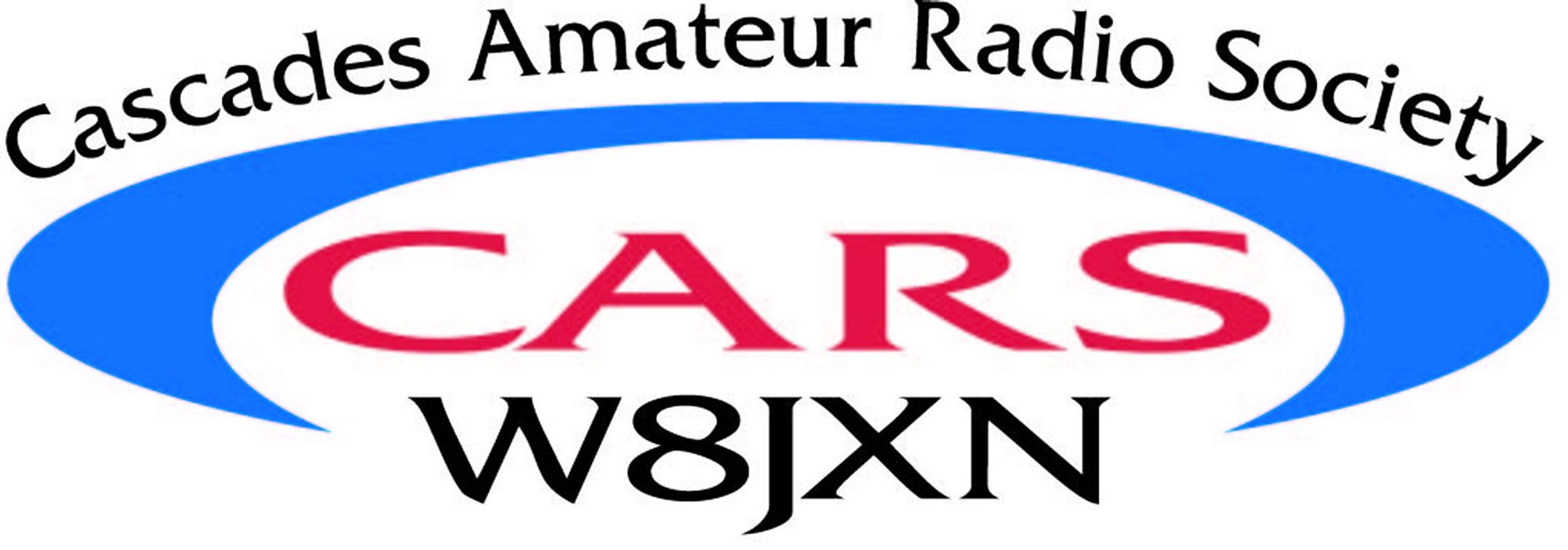The days of the pandemic seem to be bringing more people to amateur radio. Maybe it’s the fact that with so many things being closed or restricted we have more time to investigate hobbies we didn’t before. Maybe with the uncertainty people are interested in a form of emergency communication. Maybe it’s something I haven’t thought of. Whatever the reason or the path to this point, the way forward is actually pretty simple. Getting a beginner’s (Technician’s) license is pretty straightforward and the gateway to what many find to be a lifelong interest.
Getting your feet wet by listening.
Aspiring operators often purchase a handheld transceiver (referred to as an HT) to begin listening to amateur radio communication. This is a great way to get started. Remember, you can’t legally transmit until you have a license, but you can listen to anything you want. Many people purchase the inexpensive Baofeng brand HTs, and this is a genuinely affordable gateway to amateur radio. I originally purchased a Yaesu VX-6 and I still have that radio, in good working order, more than 10-years later. It’s more expensive than a Baofeng, but I think I’ve gotten my money’s worth.
There are a lot of other inexpensive options for listening to amateur radio, including an array of scanner products from companies like Uniden. Purchasing a scanner can open a world of listening opportunities including amateur radio, so this avenue is a valid option. The scanner will never be a transceiver, but it will allow you to monitor a wide range of communication and augment your amateur radio operation after you are licensed and purchase a transceiver.
Study and get trained so you can pass your license exam.
-
- You can self-study. The Amateur Radio Relay League (the advocacy group for Amateur Radio) publishes study guides for the levels of licensing. This is what I did.
- Youtube and other online sources are rich with content to help you study and review for your technicians exam. A popular one is HamStudy.org.
- Befriend an Elmer. Often found in local ham radio clubs, long-time operators eagerly mentor new hams and those studying for their exams.
Whatever path you choose, pick a goal date for scheduling your exam and get started. As the pandemic winds down, in-person classes will likely start again and that will be an option as well.
Take your License Exam.
This was initially very difficult in the early days of the pandemic, but now there are many organizations offering licensing exams online. A handy reference for finding them is also available on the HamStudy.org web site. Exams are given by Volunteer Examiners (often referred to simply as ‘VEs’). Using HamStudy you can find a session that fits your schedule and take your exam. You’ll find out if you passed, right away.
The FCC does not automatically mail a paper copy of your license (they used to). You’ll need to check the license database using this web site. Simply click the ‘advanced search’ link and enter your name. Once your call sign appears in the database you are authorized to being operating according to the limit of your license level. Most amateurs start with the Technician license. These privileges are outlined in the ARRL study guide and may also be referenced here.
Get on the air!
If you’ve been listening to the amateur bands around your home, you’ll have an idea of what’s active. You’ll also have an idea of how things operate on your local repeaters. The operating etiquette and techniques you learned during your training and studying should get you started. You can also search for amateur radio clubs in your area. In my local area the Cascades Amateur Radio Society runs a repeater and two weekly nets. Club members and other hams are also active on the repeater at various times of the day and night. Throw out your call and see who responds!
Learn, Learn, Learn
Your amateur radio license is your ticket to getting on the air, but just as important, it’s your license to learn. Amateur radio is a VERY broad field and there’s a lot to do and enjoy. And if you start out as a technician there’s two more license levels with more opportunities to access more frequencies and expand your communication around the world. You can learn to participate in emergency exercises and even get certified to participate in communications for real-world disasters and emergencies. What you do is up to you!
 One area to consider is the STEM aspect of amateur radio for children having an interest in science and technology. You can help them grow by using amateur radio as an illustration for many scientific and mathematical principles. Amateur radio represents an avenue into engineering that has no limits. Start as simply as learning Ohms Law and basic electronics. In time move toward electromagnetics and antenna theory.
One area to consider is the STEM aspect of amateur radio for children having an interest in science and technology. You can help them grow by using amateur radio as an illustration for many scientific and mathematical principles. Amateur radio represents an avenue into engineering that has no limits. Start as simply as learning Ohms Law and basic electronics. In time move toward electromagnetics and antenna theory.
Consider joining your local amateur radio club. The cost is usually nominal and it’s a great way to get to know other hams and learn from them.
Consider joining the Amateur Radio Relay League (ARRL). They are the main advocacy group for amateur radio in the United States, and have a wealth of information and resources.
The ARRL also has other great resources on getting licensed here.
